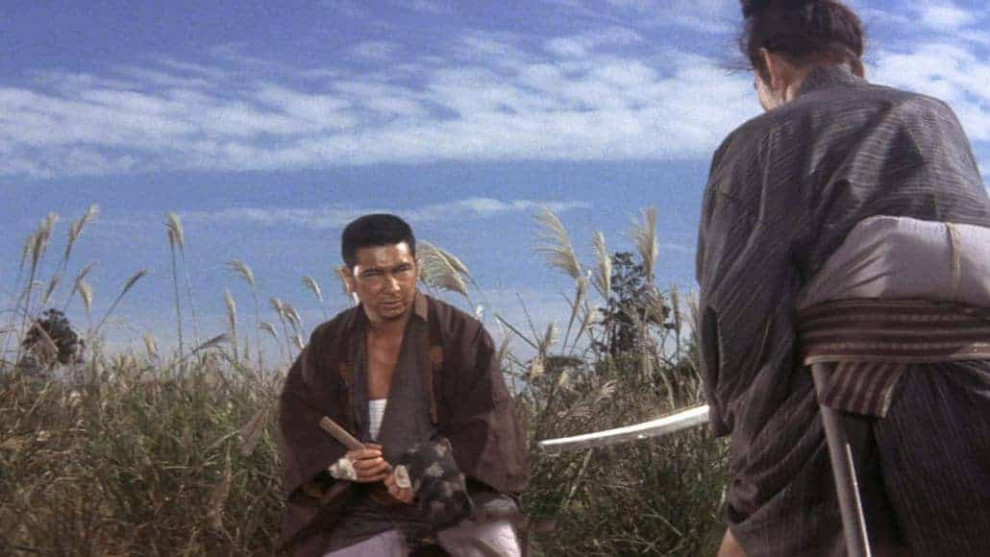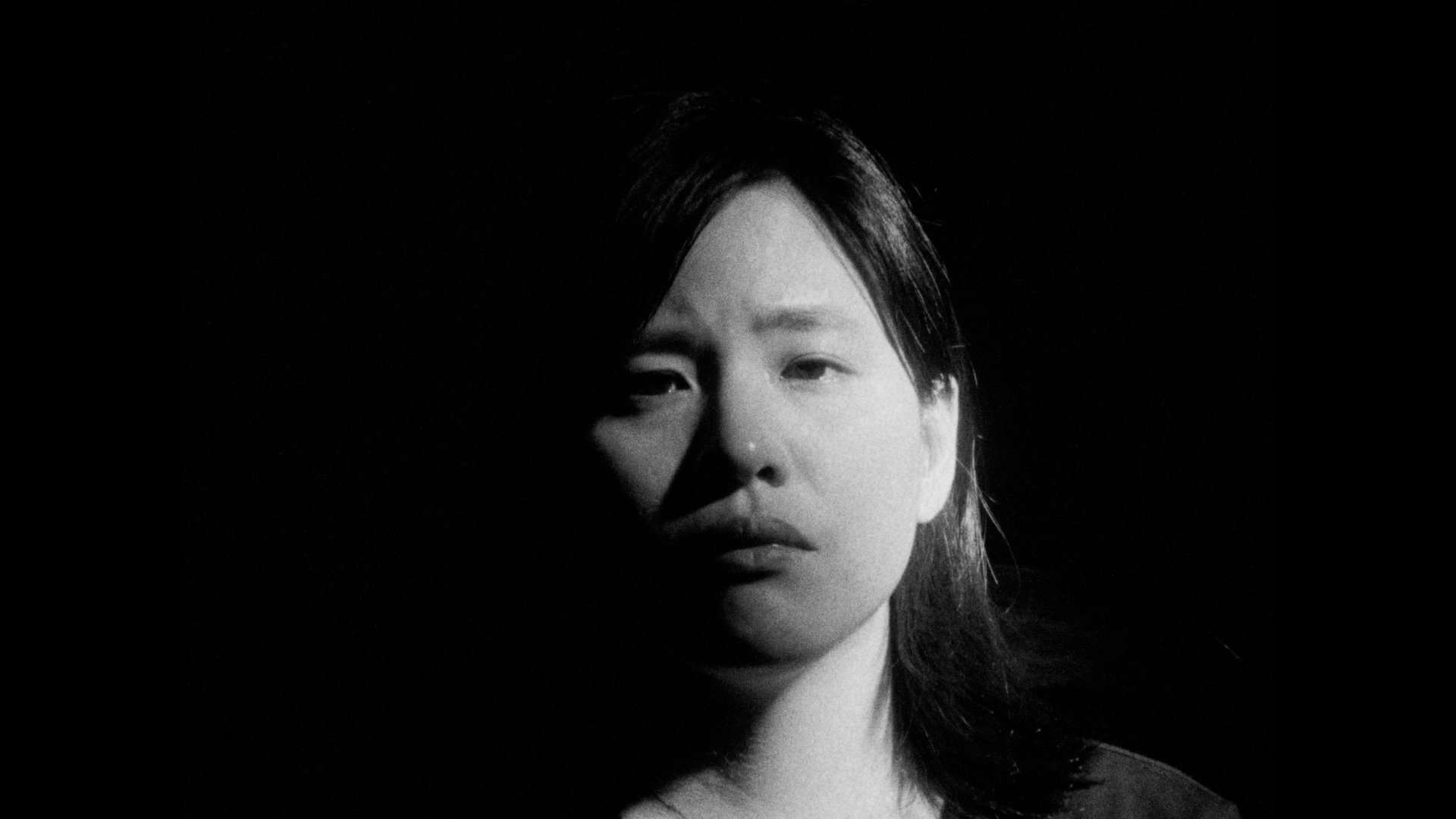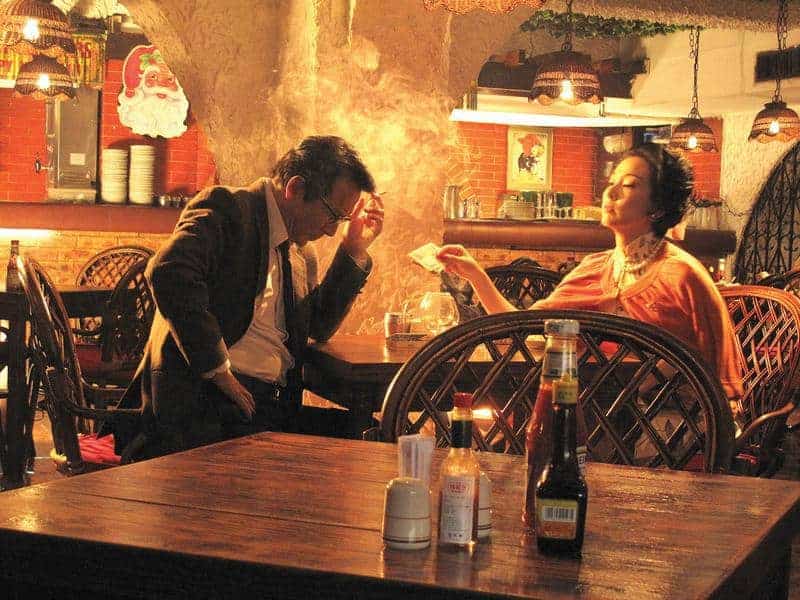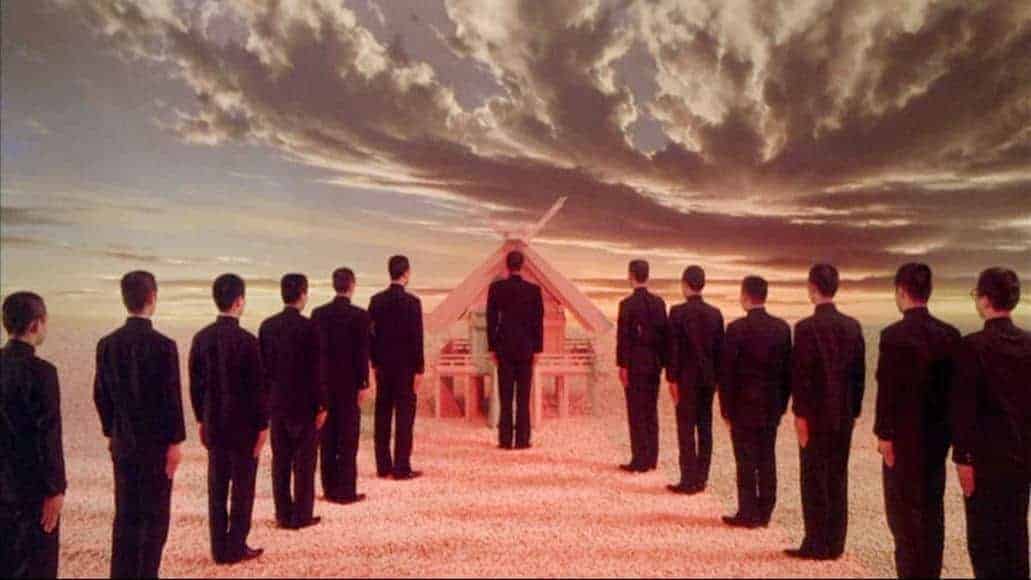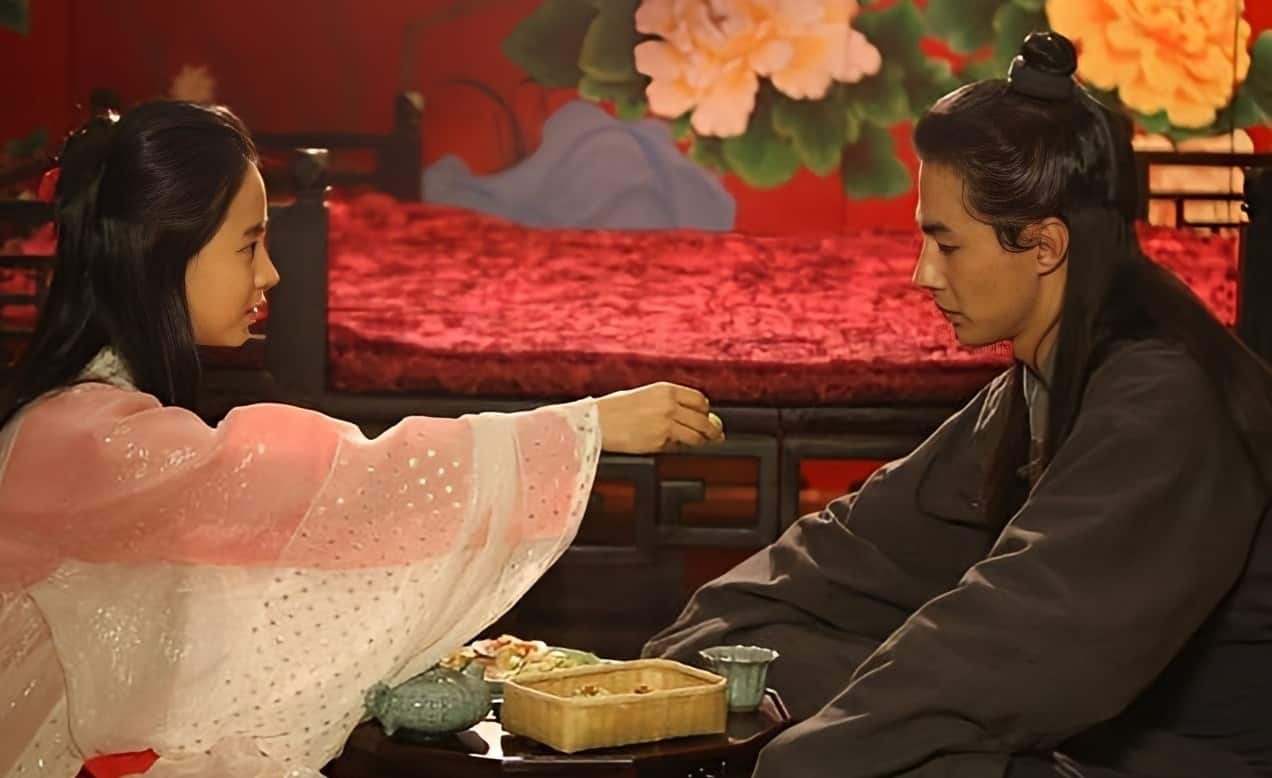Even though traveling on the road without being allowed permanent peace anywhere is what has defined the character of Zatoichi it was not until the fifth part of the franchise this condition was put as the core theme of one of the films. Played by Shintaro Katsu, the blind masseur had become a fugitive as well as the target of many revenge schemes of individual people as well as yakuza bosses, branding him a man without a home and destined to always be on the move. While there is no direct connection to the fourth film of the series “Zatoichi the Fugitive”, you might consider these two films a closer look at this life-defining condition of the character.
Buy This Title

At the beginning of the film, we have an almost typical moment for Zatoichi (Katsu) as he promises a dying man to escort a girl named Omitsu (Shiho Fujimura) to Edo. However, the task, as the blind masseur is about to find out, is quite dangerous since the girl is pursued by a large group of yakuza henchmen. Apart from the yakuza, there is also a mysterious woman named Ohisa (Reiko Fujiwara) after Omitsu and who also carries a grudge against Zatoichi, since he has killed her husband.
Because he refuses to leave Omitsu, Zatoichi finds himself in the middle of a struggle between two yakuza clans, Doyama and Shimozuma, each one eager to gain power over the other one's territory. And since each boss would like to have a skilled swordsman like Zatoichi by their side, they are more than willing to use whatever means necessary to convince him, which also means blackmailing him and kidnapping Omitsu.
Considering the fifth part of the franchise is also known as “Zatoichi and the Scoundrels”, you might argue this is a more fitting title. Although the majority of characters the blind masseur meets on the road are scoundrels, especially the two bosses of the clans (played by actors Yoshio Yoshida and Sonosuke Sawamura) are in many ways exceptionally rotten for their opportunist attitude, using even the most rotten means to gain the advantage over the other. Even after having witnessed so many despicable deeds of powerful men, Zatoichi becomes visibly upset because of the willingness of these men to break any “code of conduct”.

Interestingly, “Zatoichi on the Road” includes short, subtle scenes of people starting to question these codes and the behavior of these men. Within Minoru Inuzuka's script these scenes seem minor, but they carry quite a lasting effect, especially with the images of (unnecessary) bloodshed and demonstrations of the moral corruption of the men in charge. A seemingly throwaway discussion between two men on a ferry reflects the growing contempt of many people, with one of the men remarking he would not mind the two bosses carrying out their disputes among themselves or, even better, killing each other off.
Nevertheless, the character of Zatoichi, as usual, is the one remarking on these issues, demonstrating not only the corruption of these men, but of the whole system. His status as a man “of the roads” defines him as the outsider, the one literally stumbling into conflicts such as the one portrayed in this film and someone who seems more than qualified to judge hypocrisy for what it really is. Fittingly perhaps, Katsu's character is not surprised about being deceived by a boss, but reacts hurt when people like Omitsu show signs of mistrust.
Besides these interesting thematic ideas, “Zatoichi on the Road” also offers many visually beautiful scenes. While not on the same level as the last installment, DOP Shozo Honda's images reflect both the “homeless” state of the main character on the road as well as the short moments of peace and harmony in Zatoichi's life. For a brief moment of tranquility, Zatoichi and Omitsu rest at the shore of a small lake, eating rice balls, an idyll which, of course, is only temporary and almost immediately followed by violence and bloodshed.
In the end, “Zatoichi on the Road” is a worthy continuation of the fourth film of the series, although not on the same visual level. While its themes of deception and corruption result in a very confusing plot at times, director Kimiyoshi Yasuda manages to create a solid and entertaining entry into the series, again supported by a great central performance by Shintaro Katsu.


